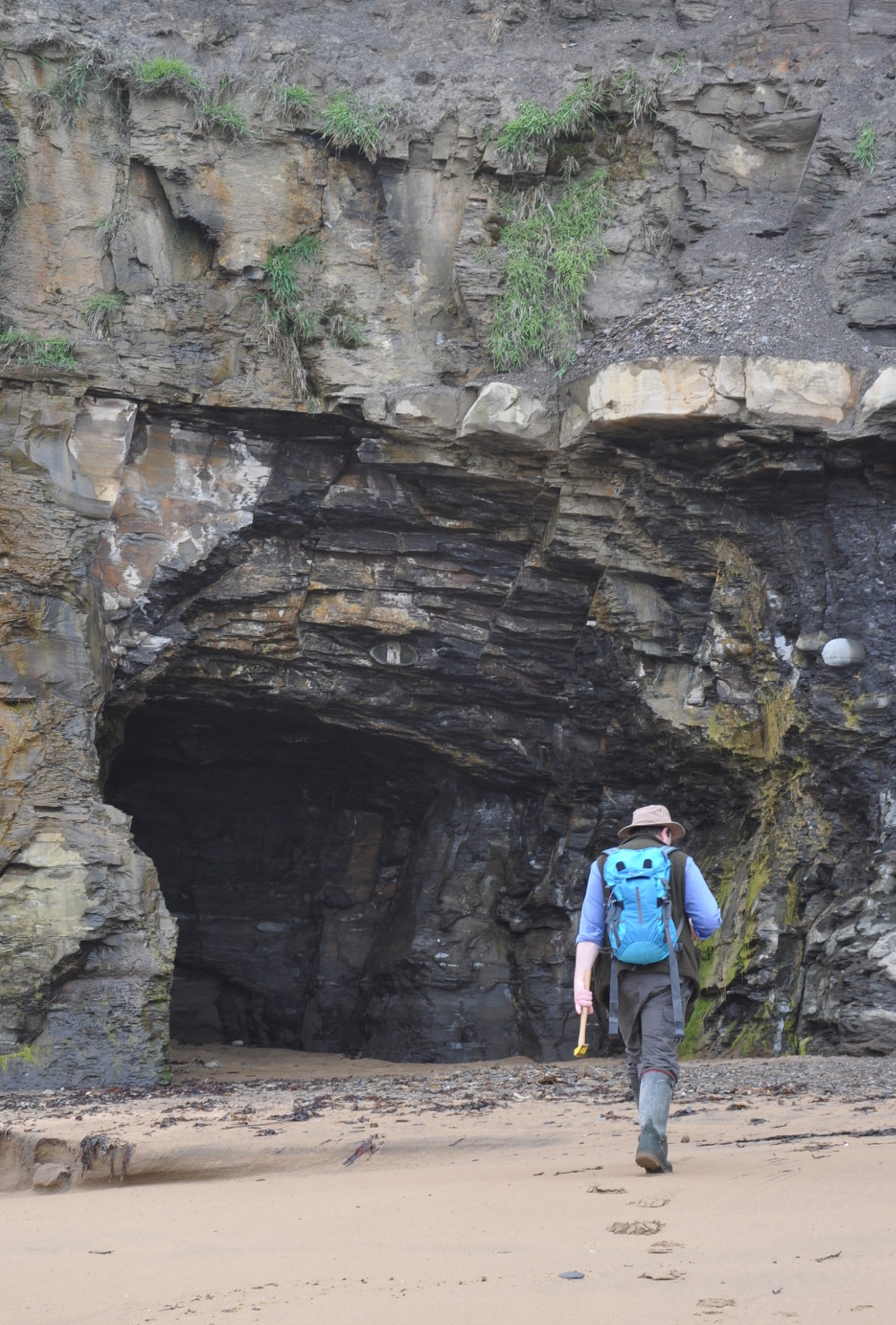 Current Committee Role:
Current Committee Role:
Web Officer
About Me:
I am the Conservator at the British Geological Survey in Keyworth, near Nottingham. Here, I care for a collection of several million geological samples, including fossils, rocks, minerals, microscope slides and borehole materials. I also manage our collections digitisation programme.
I have been a part of the GCG Committee since 2016, and in my previous role co-ordinated the organisation of the 2016 AGM and Seminar day. I find being part of GCG is an excellent way to stay in touch with others who work in similar roles and often face similar challenges.
I am not a geologist by training, rather an engineer, photographer and conservator, but my personal geological favourites are the Lias rocks of Dorset and North Yorkshire, and the Silurian limestones of the Black Country.
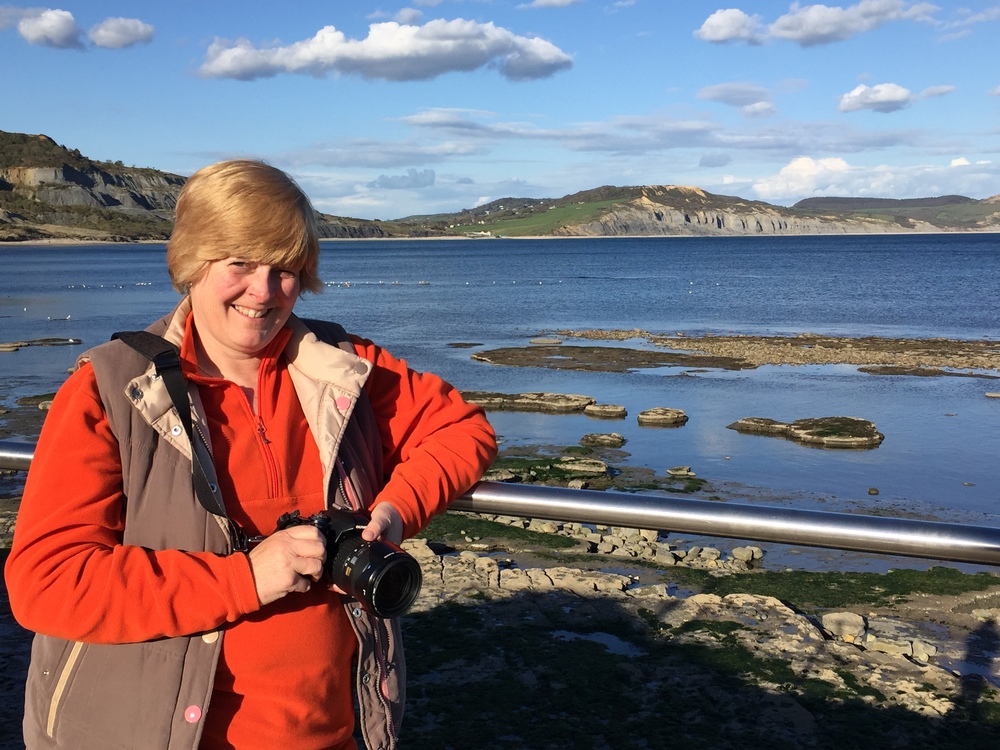 Current Committee Role:
Current Committee Role:
Membership Secretary
About Me:
I've been working in the Department of Geology, National Museum of Wales, Cardiff since 1985, and act as curator and collections manager for the palaeontology section. I joined GCG in 1986, and have been sitting on the committee as Membership Secretary since 2007. I very much enjoy this role as it helps me get to know many of the members. It's a complex role as it involves keeping a very detailed spreadsheet of who's paid what and when, and also securely maintaining all your contact details.
When I'm not chasing members for their subscription, I'm usually to be found deleting old emails, tidying up stores, writing talks, or carrying out one of the many other curatorial duties we all do every day.
I enjoy talking about fossils, writing about fossils and generally interacting with them. I have two new species to my name so far - a Carboniferous crinoid and a Jurassic dinosaur - Dracoraptor. Otherwise I am also interested in the history of geology, especially fossil collecting and collectors, and museums. I also sit on the committees of the local GA and RIGS groups.
Current Committee Roles:
Chair
About Me:
I am the Collections Manager (Earth Collections) at Oxford University Museum of Natural History, where I am responsible for the day-to-day management of the Vertebrate Palaeontology Collections, including access, care, development, and research.
As a vertebrate palaeontologist I have worked across a variety of taxonomic groups, but my primary research interest lies in sharks and reptiles from the Mesozoic Era. In 2021, I was involved in an excavation in Rutland, of the largest near-complete ichthyosaur skeleton in Britain. I am passionate about engaging the public in science and, subsequent to the Rutland excavation, have delivered a talk and Q&A to over 3,700 school children, at over 140 schools, on fossil marine reptiles.
I have been on the GCG Committee since 2017 in a variety of roles, including Blog Editor. I thoroughly enjoy working with such a talented and dedicated group of professionals, and welcome the opportunity to support the geoscience community within the wider sector.
I am a Fellow of the Geological Society of London and on the organising committee for the Marine Reptile Conference. Further affiliations include the Palaeontological Association, Paleontological Society, and Natural Sciences Collections Association.
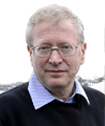 Current Committee Role:
Current Committee Role:
Collections Officer
About Me:
I am Head of the National Geological Repository at the British Geological Survey (BGS), responsible for the team that looks after the largest British geoscience sample collection (around 16 million specimens), 20km of records, and one of the main UK geological libraries. I have been seriously interested in collecting fossils since the age of 13, and did a PhD on the Silurian graptolites of the Oslo Region. Experience gained whilst running a manufacturing facility then proved useful when I designed one of the earliest sample digitisation conveyor systems in 2009.
I joined BGS in 2000 with a personal mission to open up the BGS collections for study and use. I am particularly interested in promoting access to collections and information through digitisation and web delivery – an area in which the BGS is a world leader. We have delivered photographs via the web for many years – e.g. the National Building Stone Collection (4300 images) . Use of the JP2 (JPEG 2000) format allows web access to high resolution images, and has been used for several collections including UK continental shelf hydrocarbon well core samples (See for example). It has also been used for the Historical maps of the Geological Survey of Great Britain and Ireland and Magnetograms .
We have recently used JP2s for high resolution fossil images, including stereo anaglyphs, and high resolution images of petrological thin sections (30 µ thick rock slices) – or search the database . The ultimate form of specimen digitisation is the 3d digital model. The JISC funded GB/3D fossil types on line project has captured several thousand such models. For digitisation to make a difference, it needs a critical mass. The UK hydrocarbon core photographs total 140,000 and the rock thin sections represent 160,000 rocks.
As GCG Collections Officer, I am responsible for all our collections related activities.
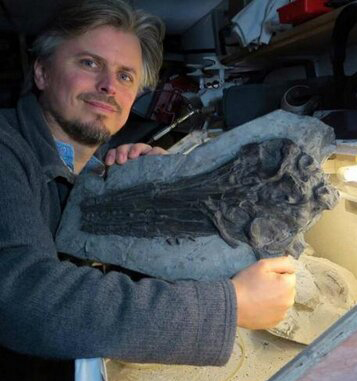 Current Committee Role:
Current Committee Role:
Co-opted Member: Conservation Officer
About Me:
After gaining my degree in Environmental Sciences I spent five years working in the Palaeontology Conservation Unit at the Natural History Museum in London, conserving and preparing all sorts of fossils but mostly preparing and mounting dinosaur material for display. Three years were well spent working almost solely on the conservation of the marine reptile collection. During this time I gained an M.Sc. in Vertebrate Palaeontology at UCL, part-time. This was followed by twelve years working in the Natural History and Conservation Departments of Norfolk Museums Service, including delivering the West Runton Mammoth conservation project and being Curator of Geology for several years. Since 2007 I have been working for museums in a freelance capacity and have also completed the M.Sc. ‘Architecture: Advanced Environmental and Energy Studies’ offered by the University of East London & the Centre for Alternative Technology. For my thesis I undertook research into retrofitting small museums to improve their economic and environmental sustainability. As a result of this work I trained in the use of thermal imaging equipment and now use my own infrared camera to undertake surveys in museums to help staff understand their storage and display environments in much more detail than could be realised using any other technology.
However, most of the time I am a freelance natural history conservator specializing in the preparation, conservation, mounting, replication and curation of fossil, geological and osteological material for museums and other heritage organisations. This also includes: assessing specimens and writing condition reports; undertaking conservation surveys; assessing and rationalising collections; advising on the management of storage environments; and advising on the packing and decant/transportation of entire collections. A really satisfying array of things to keep me busy and interested!
I am also a Visiting Research Fellow at the School of Biological Sciences, University of Reading. My areas of research include conservation and preparation techniques; trace fossils; ichthyosaurs; and the Pleistocene fauna of Norfolk. For a list of my publications see: http://norfolk.academia.edu/NigelLarkin or https://www.researchgate.net/profile/Nigel_Larkin
Do get in touch if you would like a copy of anything.
I joined the GCG Committee in 2017 and look forward to getting involved in the many great events they provide, in particular the Symposium on Palaeontological Preparation and Conservation. This is usually held every September before or after the Symposium on Vertebrate Palaeontology and Comparative Anatomy. You can read more about the event, see copies of posters presented in previous years and read abstracts of the talks etc here: SPPC - Symposium on Palaeontological Preparation and Conservation - The Geological Curators' Group (geocurator.org)
You can find me on Twitter at: Twitter: https://twitter.com/MrIchthyosaurus
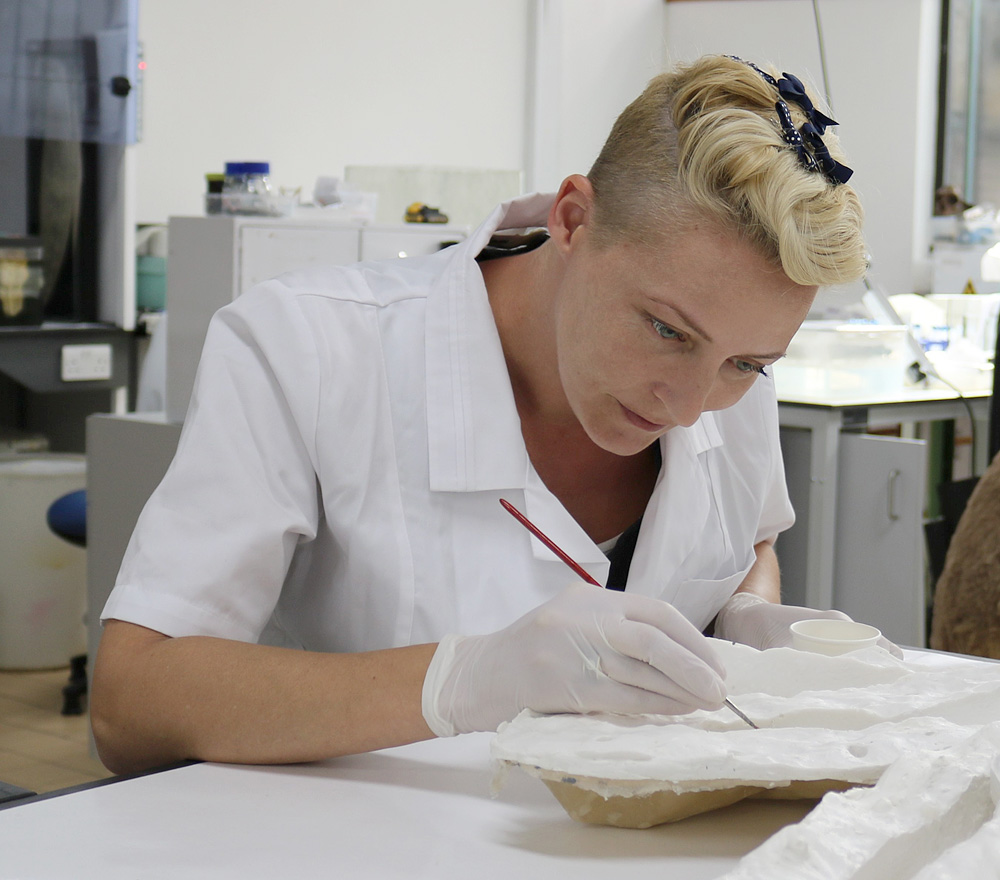 Current Committee Role:
Current Committee Role:
Secretary
About Me:
I am a Principle Conservator at the Natural History Museum in London (UK) and the lead on Conservation Science and Documentation. My role includes coordinating the conservation of all Earth Science collections projects and work requests, and giving advice to curators on storage issues. I love project management, solving problems and (when I get the time) undertaking research to develop preservation techniques.
I hold a BSc in Geology, MSc in Palaeobiology, MSc in Museum Studies and MA in Principles of Conservation. I think that I first learned to love geology because I grew up in a rock-poor county, so seeing an outcrop always meant that I was going on holiday. Decades later I am still fascinated by earth science materials and believe strongly in the necessity of safeguarding collections. I am very proud to be a member of the GCG Committee and hope that I can make a worthwhile contribution to the valuable work of the group.
You can see my NHM staff profile here
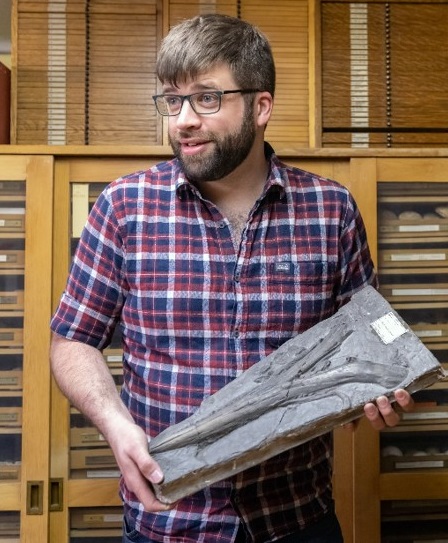 Current Committee Role:
Current Committee Role:
Treasurer
About Me:
I am the Rock Collection and Fieldwork Administrator in the Department of Earth Science and Engineering at Imperial College London. In my role I look after all the geological materials that are held within the department which can be broadly broken down in to 3 main categories:
- The teaching collections including hand specimens of rocks minerals and fossils, thin sections and maps that are used for teaching today, and the classic teaching collections that were reference samples for courses that were run in days gone by.
- The research collections, related to PhD and MSc projects or from individual academics. Being in the Royal School of Mines, a lot of this material relates the studies of ore deposits from all around the world. There are also samples from research trips to specific areas such as the Swiss Alps and Greenland.
- The named collections are very varied in content depending on the interests of the named individuals, examples of these are the Huxley Fish Collection and the Sherman evaporites collection.
In my role I also organise the undergraduate fieldwork logistics, departmental first aid provision and manage the departments lecture capture software.
I am a geologist through training and before working in my current roll I researched the formation and evolution of gold placers in the Yukon, Canada.
I joined the GCG committee as a co-opted member at the start 2020 and became an ordinary member in late 2020. I hope to be able to assist the committee in moving GCG forward and to continue to inform and assist our members.
You can read more about Rob's work on our blog.
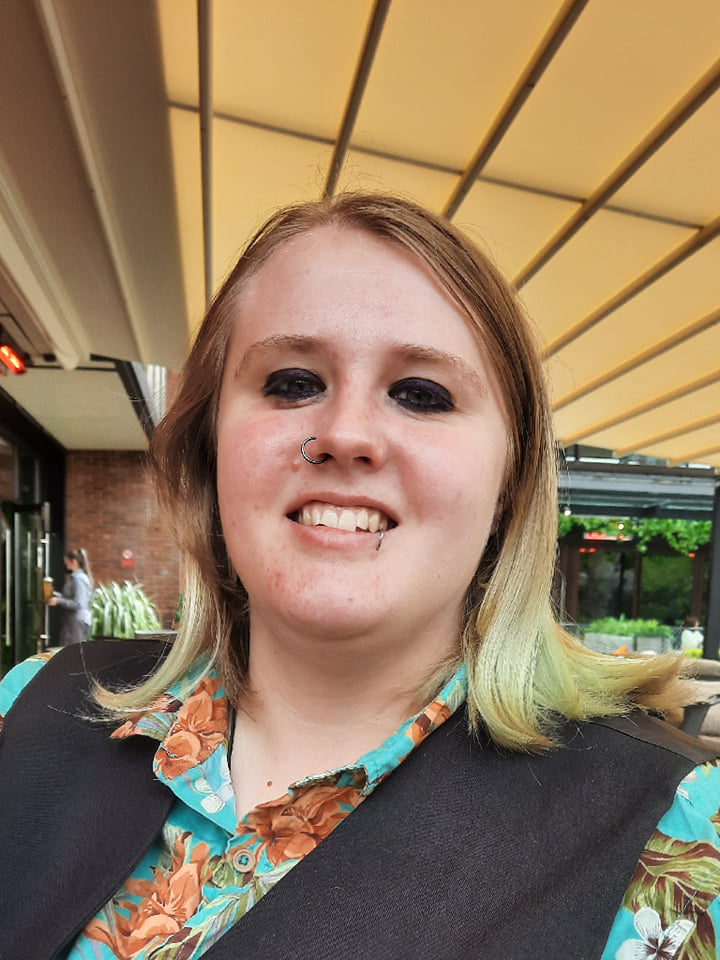 Current Committee Role:
Current Committee Role:
Equity, Diversity and Inclusion Co-ordinator (co-opted position)
About Me:
I’m a palaeontology PhD student at The University of Leeds researching regional differences in the impact and intensity of the Toarcian Oceanic Anoxic Event on benthic fauna. I have broad range of interests in palaeontology and specialise in taxonomy, systematics, evolution, biogeography, biostratigraphy, and preparation and conservation of collections.
I’m also a Visiting Academic at The University of Manchester where I graduated with a Master of Earth Sciences degree in 2019. At university I completed two collections-based research projects. My undergraduate project involved documenting the Lower Jurassic marine reptiles at the Yorkshire Museum and Gardens, whilst my Masters investigated the systematics, biogeography, and speciation of endemic Aptian (Cretaceous) ammonites. This also included preparing and caring for a collection of approximately 2000 induvidual ammonites.
I’m currently expanding my previous marine reptiles work and am documenting Lower Jurassic marine reptile specimens from Yorkshire in public British collections. This project aims to increase accessibility and sample size for researchers, and possibly provide funding opportunities for the museums themselves.
My love for palaeontological collections led me to join the GCG in 2021. The pandemic hit just a few months after I graduated, and I found myself navigating hardships which really opened my eyes to the need for more inclusion and diversity in the sector. In my role as the Equity, Diversity, and Inclusion Co-ordinator I am passionate about supporting everybody who has an interest in geological collections, whether that interest be professional or simply a curiosity.
I would love to hear any suggestions you have as to how the GCG can be even more inclusive and bring about more support, so please do not hesitate to drop me a line.
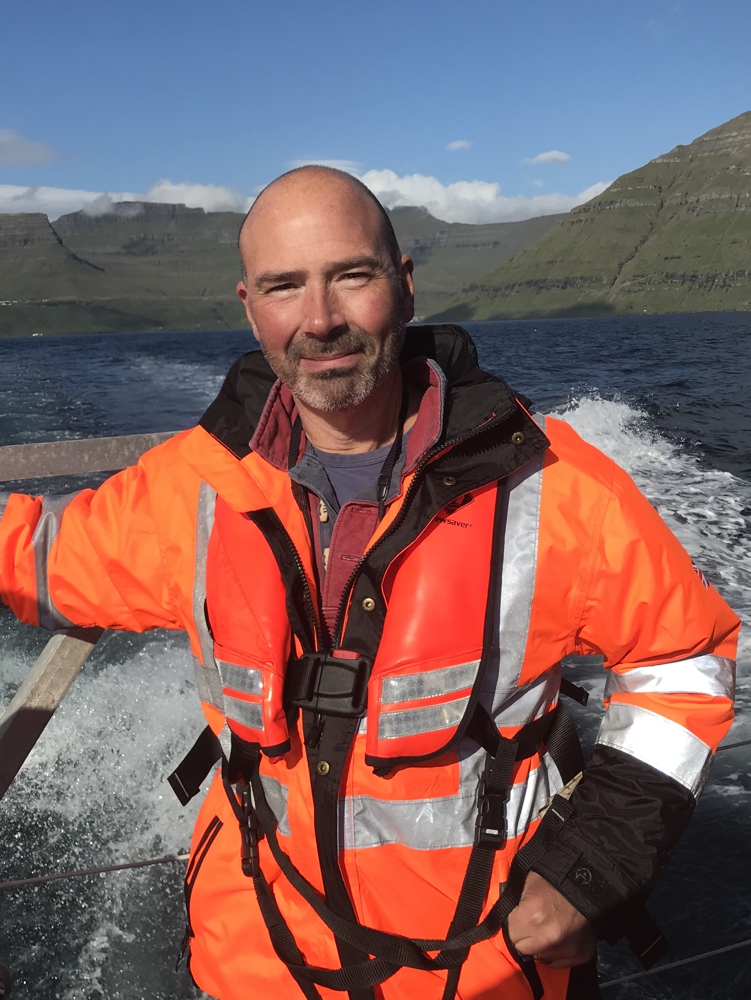 Current Committee Role:
Current Committee Role:
Programme Coordinator
About Me:
I am the Geological Laboratories and Collections Manager for the British Antarctic Survey, based in Cambridge. Along with the UK's collection of geological material from Antarctica, I am also responsible for the geology laboratory suite, which includes a number of high-precision analytical instruments. Our collections include rocks, fossils and sediment cores collected from Antarctica since the early 20th century, geological thin sections and rock preparations.

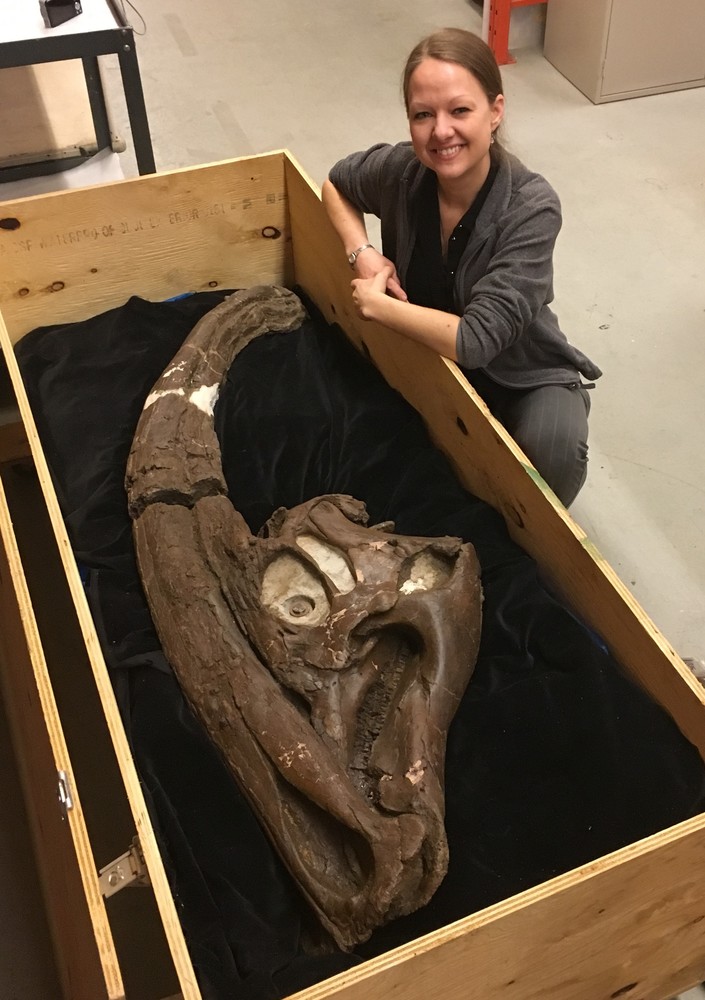
 Current Committee Role:
Current Committee Role: